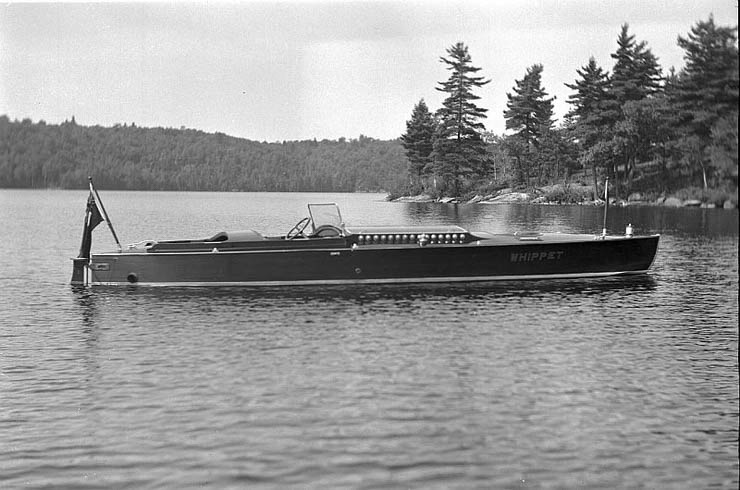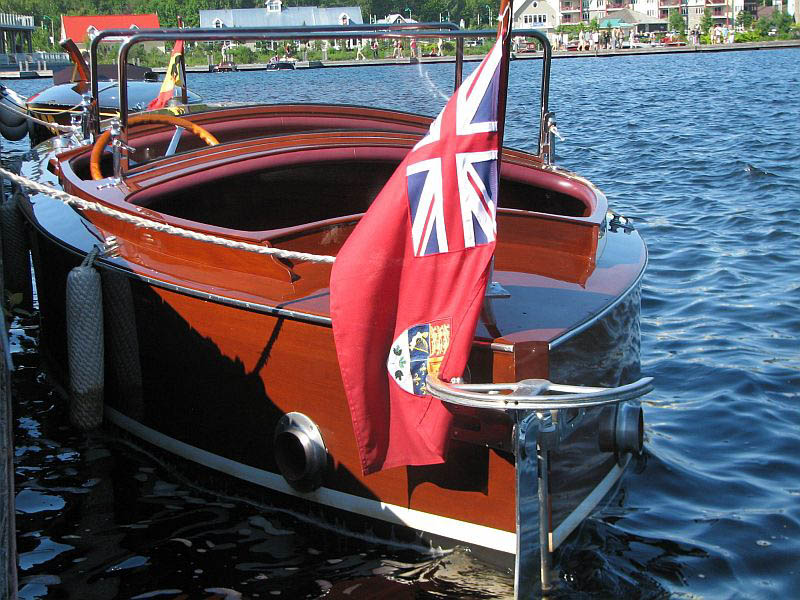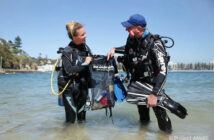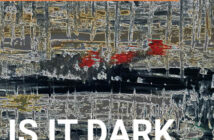As an introduction to this series, it is worthwhile to build a background of how pleasure boat building came to be. Part 1 focuses on Muskoka since a multitude of wooden boat builders started there. But as we shall see as this series progresses, the reason they started is essentially the same in every part of the country- to satisfy the pleasure boating needs of locals and tourists.
Boat building throughout North America, and even worldwide, is primarily a localized phenomenon even today. There are literally hundreds of relatively small boat builders servicing localized market needs while competing with national brands being offered throughout North America and in some cases, worldwide.
Pleasure boat building from the very beginning has been to serve localized needs, first for the sportsman as convenient transport to fishing and hunting opportunities, and shortly thereafter for providing transport to islands or remote cottages. It also served as idle leisure by providing sightseeing, relaxation, and social interaction while wiling away the summer hours.
A prime and lasting example of this evolution in private boating needs is found in the Muskoka Lakes region of Ontario, but duplicated in multiple locations throughout Canada. In the mid to late 1800’s, free land grants were offered to settlers willing to settle in central Ontario. Several small communities were established throughout this land, which are rich with rivers, lakes, forestry, and nature. But, it was lousy farmland and eking out survival as a farmer proved difficult.
Once the railway came through, the forestry and logging industry flourished and steamship transportation began servicing the major lakes of Muskoka. This made access easy for the first sportsmen who heard of the untapped fishing and hunting, and was followed by tourists from southern Ontario, northern New York, and Pennsylvania wanting to savour the incredible landscape.
With these visitors needing places to stay, many of the original settlers turned their homes into a bed and breakfast, and then full lodging facilities, and eventually into the many magnificent tourist resorts that initially thrived throughout the region. As the demand for progressively upscale accommodation grew in the early 1900’s, so did the demand for leisure watercraft for the sportsman and for the vacationer. The growing number of private cottages springing up throughout the region also built significant demand. This same scenario is repeated almost verbatim in almost every area of Canada where recreational wooden boat building first began.
Ditchburn Boats of Rosseau, Gravenhurst, and Orillia
The four Ditchburn brothers settled on Lake Rosseau in the mid to late 1800’s, and almost immediately began to put their family boatbuilding background and expertise from England, which dated as far back as the sixteenth century, to good use. They began producing canoes, skiffs, and rowboats for friends, lodges, and resorts. As word spread and demand for their quality boats grew, near the turn of the century, they moved to Gravenhurst and set up shop on the wharf where the train from southern Ontario met the steamships delivering goods, mail, and tourists to the lakes (including the present day fully restored “Segwun”).
Here the Ditchburn brothers added gasoline engines. They also started building bigger and bigger launches, as well as custom one-offs for wealthy clients settling around the lakes. They also began producing excursion and sightseeing boats for the growing number of upscale resorts. In the early 1900’s, Tom Greavette joined Herb Ditchburn, nephew of the original brothers in running the company. Their offerings expanded from displacement hull launches up to forty-five feet long to racing planning-type hulls.
In fact, it was the “Rainbow” series of racing hulls from 24 to 28 feet commissioned by racer Harry Greening (coincidentally a relative of this author) powered by twin 600 horsepower engines that gave Ditchburn international attention. The Rainbow series hulls would win Gold Cup and other races during the 1920’s and bring significant attention to the brand. Growing recognition and meticulous attention to quality, along with custom builds for famous families, spurred sales so much that by the mid-1920’s a second facility was opened in Orillia to build the larger models.
In spite of building some of the largest and most luxurious custom boats for the rich and famous like the Eaton family and many others, the depression of the 1930’s ground production to a halt until Ditchburn Boats finally failed for good by the end of the decade. Today, Ditchburn boats are still regarded as the ultimate in classic wooden designs throughout North America, and carefully restored originals can bring hundreds of thousands of dollars on the open market.










